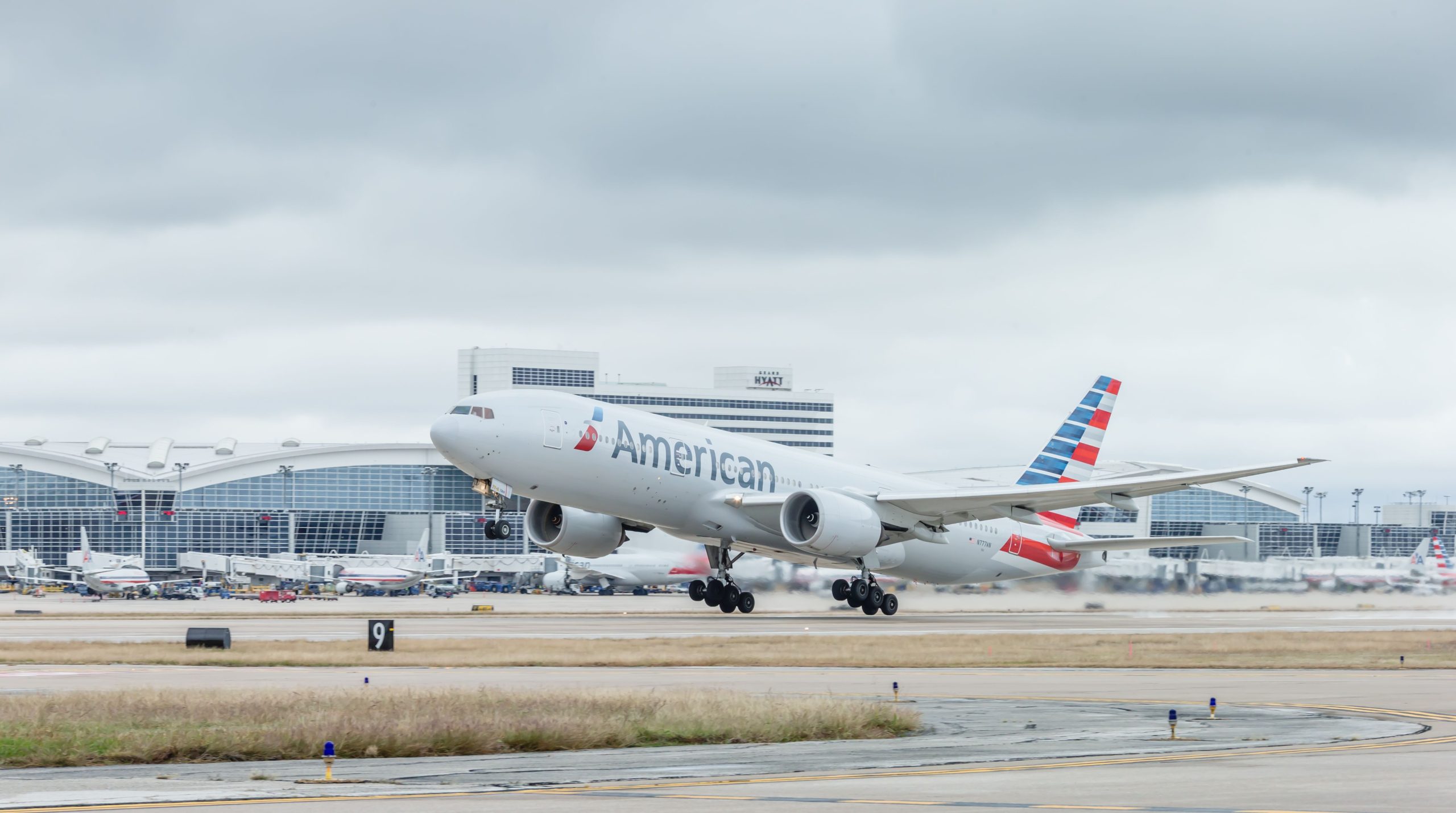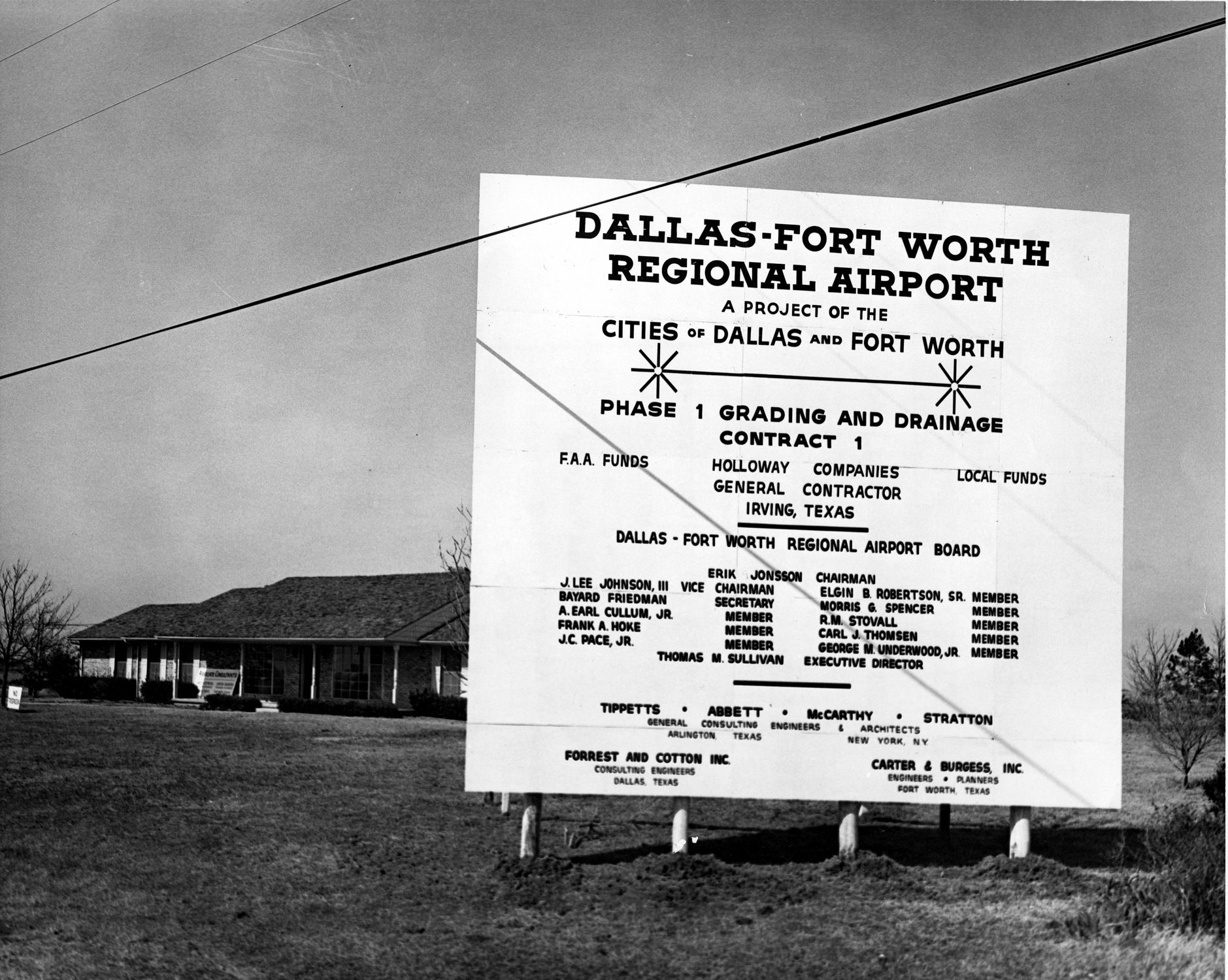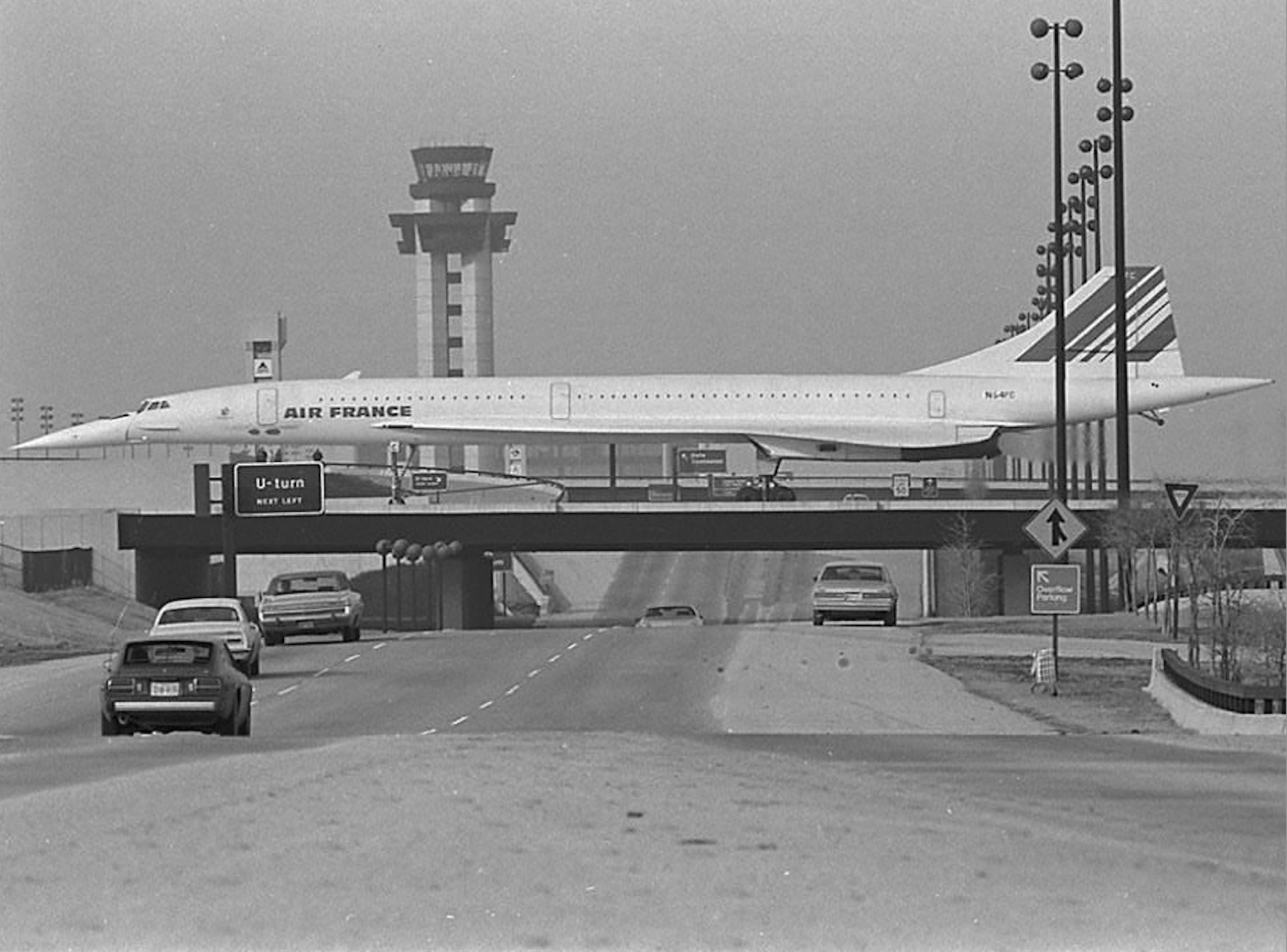Summary
- Dallas Fort Worth (DFW) is one of the world’s largest airports, ranking second globally in passenger numbers and third in aircraft movements.
- DFW was built between 1967 and 1973 and became operational on January 13, 1974, with American Airlines’ first commercial flight.
- The opening of DFW had a significant impact on Dallas Love Field, causing it to decline rapidly, while DFW grew to become a major hub with over 6,600 weekly flights and connectivity to 235 destinations worldwide.
Today, Dallas Fort Worth (DFW) is known for being one of the world’s largest mega hubs. In 2022, it was the second largest airport globally by passenger numbers, only behind Atlanta Hartsfield Jackson, and third in aircraft movements overall (behind Atlanta and Chicago O’Hare). And next year, Dallas Fort Worth will celebrate a huge milestone: its 50th anniversary.
Half a century of DFW
Back in the 1960s, Dallas Love Field (DAL) was the main airport serving the Texan city. Nonetheless, the growth constraints at Love Field and the long plan of building an airport that could serve both the Dallas and the Fort Worth communities led to the construction of this mega hub that would change history.
Photo: Dallas Fort Worth.
The airport was built between 1967 and 1973. It was inaugurated between September 20 and 23, 1973, in an open house and grand ceremony that included the visit of the Concorde, the supersonic jet that changed aviation history. That fiftieth anniversary took place only a few days ago. Nonetheless, it was until January 13, 1974, that DFW became operational.
DFW’s first flight
On that day, the first commercial flight at DFW took place when American Airlines flight 341 flew from New York to Dallas via Memphis and Little Rock, touching down exactly on time, according to a chronicle from the Texas State Historical Association. At the time, it was the largest airport ever constructed in the US, and currently, it is the second-largest airport by land size in the country, only behind Denver.
The opening of DFW had significant repercussions in the area. For instance, the Wright Amendment was signed, and Dallas Love Field became highly restricted (angering newcomer Southwest). Love Field declined rapidly, falling from close to seven million passengers in 1973 to less than 500,000 in 1975, though it gradually recovered. For the full year 2022, Dallas Love Field received eight million passengers.
Photo: Dallas Fort Worth.
In the meantime, DFW has grown to become a powerhouse across the airline and airport industries. According to data from Cirium, Dallas Fort Worth has over 6,600 weekly flights averaging 143.6 seats per departure. The airport has 28 airlines currently operating flights. American Airlines is, by far, the main operator at the hub. DFW has direct connectivity to an incredible 235 destinations worldwide. The top destinations served from Dallas Fort Worth are Los Angeles (LAX), Chicago O’Hare (ORD), LaGuardia (LGA), Houston (IAH), and Denver (DEN). Internationally, DFW’s main destinations are Cancun (CUN), Monterrey (MTY), Mexico City (MEX), and London Heathrow (LHR) in terms of the number of flights. However, by seats available, LHR is the main destination.
Celebrating the 50th anniversary
So next year will be a yearlong celebration of 50 years connecting North Texas to the World, said DFW in a statement earlier this month. The airport’s Chief Executive Officer, Sean Donohue, said in a statement,
“DFW will enter its golden year in 2024 as the second-busiest airport in the world, built on a half-century legacy of growth, innovation, and unparalleled support from the community and business partners we serve, along with our owner cities of Dallas and Fort Worth.”
What are your fondest memories of Dallas Fort Worth? Let us know in the comments below.




